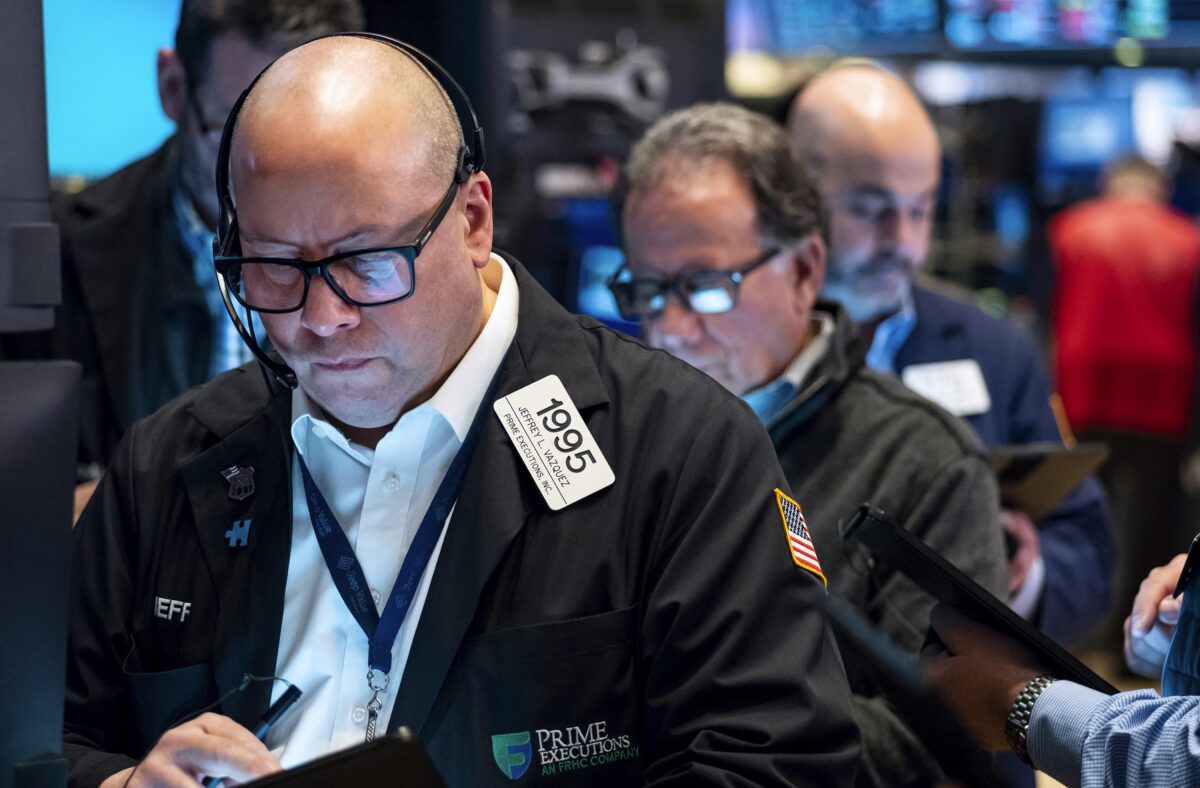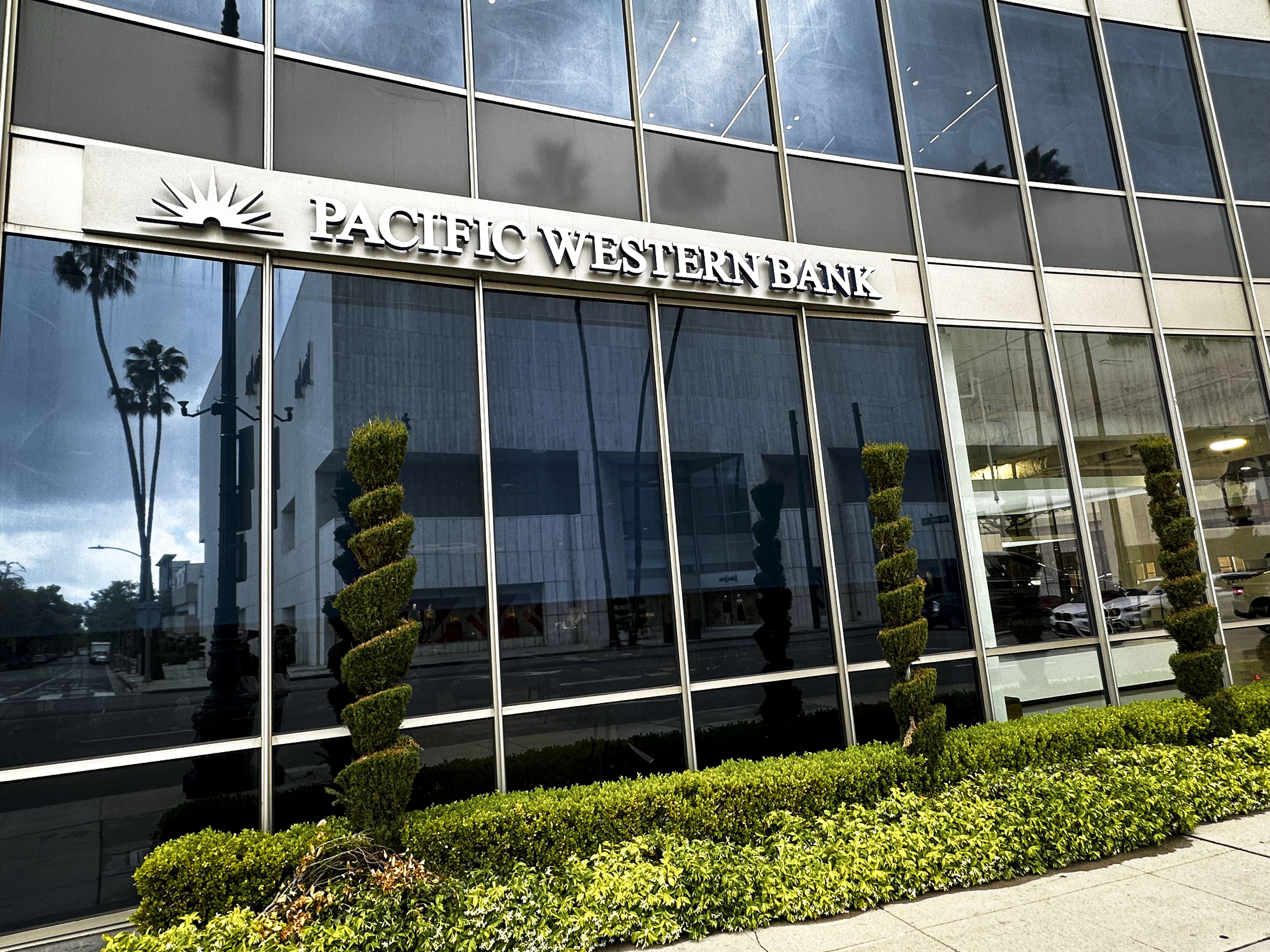


News analysis
Regulators seized First Republic Bank on May 1 and sold off its assets to JPMorgan Chase, wiping out the bank’s shareholders and making First Republic the third U.S. regional bank to fail this year.
But while depositors have been made whole and bank stockholders suffer sudden, catastrophic losses, short sellers in bank shares are winning big on one-way bets against America’s financial institutions. In the first two days of May alone, short sellers made $1.2 billion by betting against regional bank stocks. On May 4, short sellers booked another $379 million betting against First Horizon, PacWest and Western Alliance, according to Ortex, an analytics firm.
Short selling is the process of borrowing a stock and selling it on the open market. If the stock’s price goes down, a short seller repurchases it at a lower price, profiting from the difference.
While regulators and Wall Street executives like JPMorgan Chase CEO Jamie Dimon attempt to reassure depositors and investors that the bank crisis is under control, stock traders are seeing blood in the water—and a lucrative opportunity to profit from the current crisis.
Banks continue to be targeted by short sellers if they have a large amount of deposits greater than the Federal Deposit Insurance Corp. (FDIC) limit of $250,000, if they have issued a large amount of longer term, fixed-rate loans that make it less liquid in the face of a run on deposits, or if their business is concentrated in a small number of geographic areas or industries. In other words, if a bank does what banks traditionally have done: take in deposits and lend them out to the local community.
Once a bank becomes a headline target, depositors flee, the share price collapses, and traders cash in on their profits, leaving the bank to be acquired by a larger institution. According to banking analyst Alexander Yokum, over 30 percent of First Republic’s shares were shorted, and, once it failed, short selling quickly moved on to other banks, like Comerica, PacWest, and Western Alliance.
“People were looking at which banks have high commercial real estate exposure, which banks have high levels of uninsured deposits, which banks are highly concentrated,” Yokum said. “The three banks that went down, and PacWest and Western Alliance, all five of those have over 50 percent of their deposits in a single state.”
About half of all deposits across the U.S. banking industry are uninsured because they exceed the FDIC limit. However, among the three banks that have failed so far, Silicon Valley Bank (SVB) had 95 percent of its deposits uninsured, Signature Bank had 90 percent uninsured, and First Republic had 70 percent, he said.
Analysts are calling the bank failures a “self-fulfilling prophecy,” whereby predictions of a bank’s demise inevitably lead to its collapse. After SVB’s failure, First Republic became the next target. Efforts in March by eleven banks, including JPMorgan Chase, Bank of America, Citibank and Wells Fargo, to inject $30 billion of new deposits into First Republic ultimately failed.
On April 24, First Republic reported that $72 billion of its customer deposits, or 41 percent of its deposit base, had gone elsewhere. On that day alone, its share price plunged 21 percent. While there have been calls for the Securities and Exchange Commission (SEC) to halt short selling of bank shares, the SEC has said it has no plans to do so.
Despite a May 5 rally in regional bank share prices, the target banks’ stocks have taken big hits this week. PacWest is down more than 68 percent for the week; Western Alliance is down 51 percent.
The other big loser is the FDIC’s Deposit Insurance Fund (DIF). When the dust settled, the failure of First Republic cost the DIF about $13 billion.
“First Republic Bank’s 84 offices in eight states will reopen as branches of JPMorgan Chase Bank,” the FDIC stated. “All depositors of First Republic Bank will become depositors of JPMorgan Chase Bank … and will have full access to all of their deposits.”
The FDIC is expected next week to release its plan for replenishing the fund, which will most likely entail new charges to banks that would ultimately be passed down to consumers. At the end of 2022, the DIF had assets of $128.2 billion.
Depositors are not just leaving banks because they fear a collapse. As the Fed hikes interest rates to fight inflation, depositors are moving their money out of accounts that pay virtually no interest into money market funds or CDs that pay between 4-5 percent.
Regional banks, which have often invested deposits in longer term assets at low, fixed interest rates, cannot afford to pay depositors more and, upon a bank run, cannot liquidate these assets fast enough to repay depositors, calling into question to what extent the traditional banking model can survive in a period of rapidly rising interest rates. First Republic was particularly concentrated in low-interest mortgages that it had made to its wealthy clients; its loans were generally considered to be of high credit quality.
The number of FDIC-insured banks had already been steadily declining as America’s banking system continues down a path of relentless consolidation. In 2000, there were 8,300 banking companies in the United States; today, there are about 4,000. The current banking crisis, coupled with the threat of tighter regulatory scrutiny on smaller banks, will likely accelerate this trend.
Economists are concerned that the loss of community banks will leave rural communities and small towns without banking services. Currently, about half of all small-business loans are provided by smaller community banks, Chris Cole, senior regulatory counsel for the Independent Community Bankers of America, told The Epoch Times.

